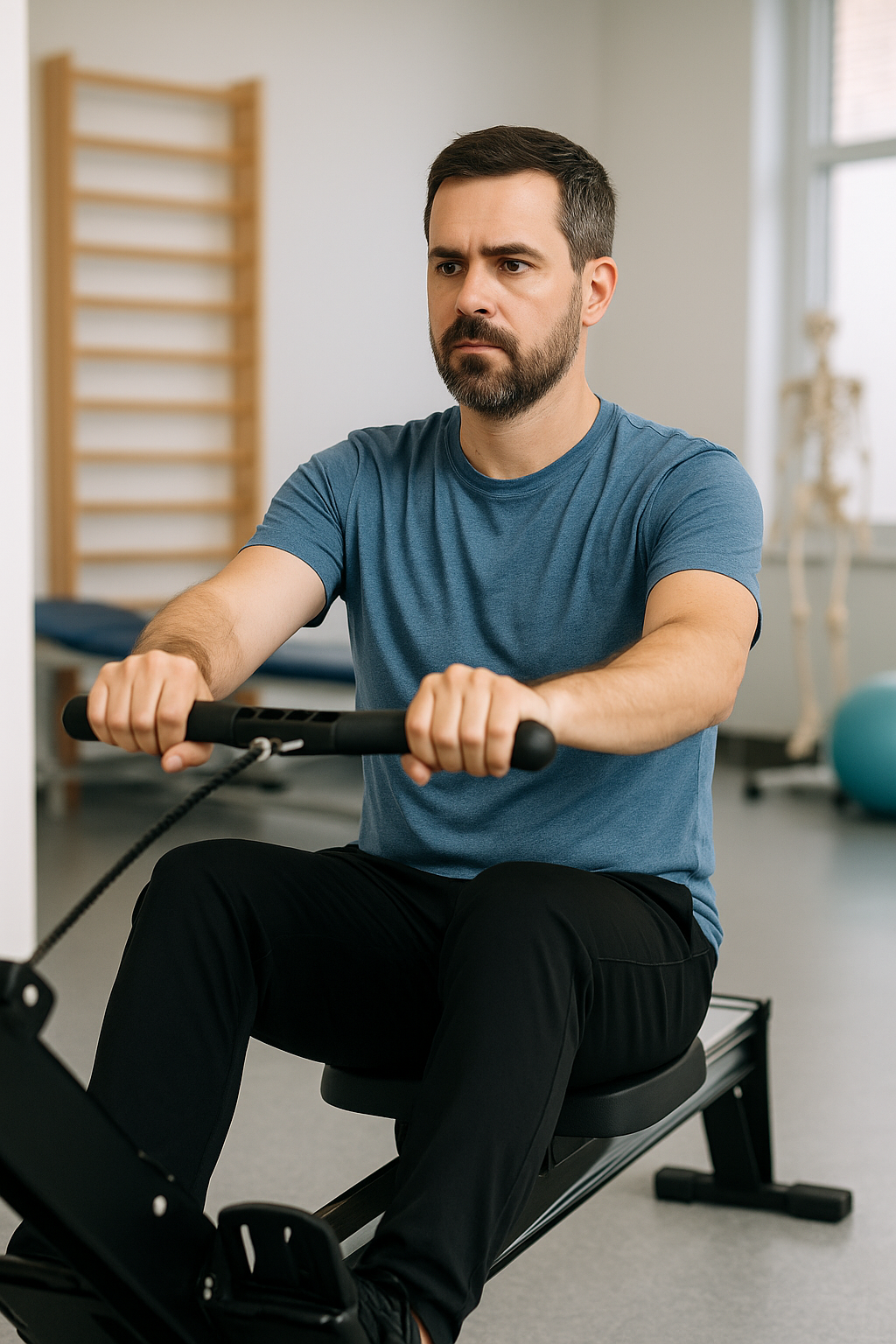Holistic Physical Therapy for POTS: A Path to Better Life
If you have POTS and call Irvine home, life may feel like a roller coaster. First, your heart races, then you feel light‑headed when you stand; you never know when fatigue will drag you down. Day-to-day routines become everything but routine. Irvine offers a wonderful lifestyle, but POTS can make it hard to enjoy.
But holistic physical therapy offers a path to a better life for people with POTS in Irvine.
Living with POTS Can Feel Like Living on a Roller Coaster
Defining POTS and Treatment Tools
Postural Orthostatic Tachycardia Syndrome (POTS) occurs when the autonomic nervous system fails to regulate blood pressure and heart rate properly when you move to upright positions. It affects an estimated one to three million Americans and occurs more in women than men.
Symptoms go beyond lightheartedness when standing and can include fainting, brain fog, fatigue, intolerance of exercise, headache, blurry vision, palpitations, tremors, and nausea.
It is usually diagnosed using a tilt table test, a 10-minute standing test, or another diagnostic tool.
Treatment usually consists of changes to diet and medications. Physical therapy for POTS stands out as a powerful treatment tool. And when physical therapy takes a holistic view by addressing posture, circulation, breathing, hydration, and nervous system balance as well as exercise, the outcomes improve.
Horizontal exercise is a part of physical therapy for POTS
What Makes Holistic Physical Therapy for POTS Effective?
Holistic physical therapy for POTS works so effectively because it addresses de-conditioning, supports circulation and autonomic balance, and builds tolerance to upright posture.
Improving Cardiovascular Conditioning
The typical POTS patient avoids activity because simply standing triggers conditions. The cardiovascular system and muscles lose tone because of inactivity. Exercise training that starts in horizontal positions helps improve blood volume, stroke volume, and symptom tolerance.
Supports Autonomic Regulation
Upon standing, the body must quickly move blood from the legs back to the heart and brain. In POTS, this autonomic system is faulty. Holistic physical therapy includes breathing techniques, attention to posture, and compression strategies that support better autonomic regulation.
Upright Training and Nervous System Balance
A holistic physical therapy plan introduces graded upright training, balance work, breathing and mind–body strategies to calm the autonomic nervous system. This helps the patient tolerate everyday postural changes more easily. While upright tolerance doesn’t happen overnight, holistic PT creates a comprehensive framework for improvement.
Elements of a Holistic Physical Therapy Plan for POTS
The physical therapist with The Balanced Body Physical Therapy in Irvine personalizes each plan of treatment to the individual patient. A combination of elements come together for a comprehensive plan. Each plan consists of one or more of the following elements:
Diet/Fluid Education
Even though physical therapy focuses on movement, the Irvine physical therapist may discuss your diet and fluid consumption. This is because hydration levels, salt intake, and the use of compression garments can significantly influence POTS symptoms.
Recumbent and Semi‑upright Training
By starting horizontally using equipment like a recumbent bike or rowing machine, therapists help patients build cardiovascular fitness without triggering. As tolerance increases, upright activity is added.
Lower‑body Strength Training
Exercises that focus on the calf, thigh, glute, and core muscles improve the flow of blood back to the heart. In addition, strengthening these muscles supports better posture. Irvine holistic physical therapists may use resistance bands, body‑weight exercises, or wall sits to strengthen the lower body. may be used.
Orthostatic Tolerance Training
Exercises in standing or near‑standing position and the use of compression garments or abdominal binders help better tolerate upright positions. The amount of time gradually increases as the body handles the upright position more effectively.
Myofascial Release for POTS
POTS patients often experience postural strain from compensating for dizziness. Myofascial release therapy improves alignment, reduces strain, and enhances circulation.
Mind–Body Strategies and Lifestyle Pacing
Irvine holistic physical therapists teach POTS patients diaphragmatic breathing, paced breathing, and mindfulness practices to calm the nervous system and reduce the severity of symptoms. In addition, balance and proprioception exercises may be used to help reduce the risk of falls or instability. They also teach pacing strategies and ways to modify activities to reduce flare-inducing over-exertion.
Balanced Body Holistic Physical Therapy for POTS in Irvine
Holistic physical therapy at Balanced Body offers a meaningful path for people with POTS to regain strength, tilt tolerance, active life and confidence. Rather than simply treating symptoms, Balanced Body Physical Therapy addresses the full person, including the muscles, circulation, posture, nervous system, as well as lifestyle.
Physical therapy for POTS can make the difference between feeling stuck and moving forward toward improved function, less dizziness and the ability to engage in life again. If this describes you, consider contact Balanced Body to see if physical therapy is right for you.





